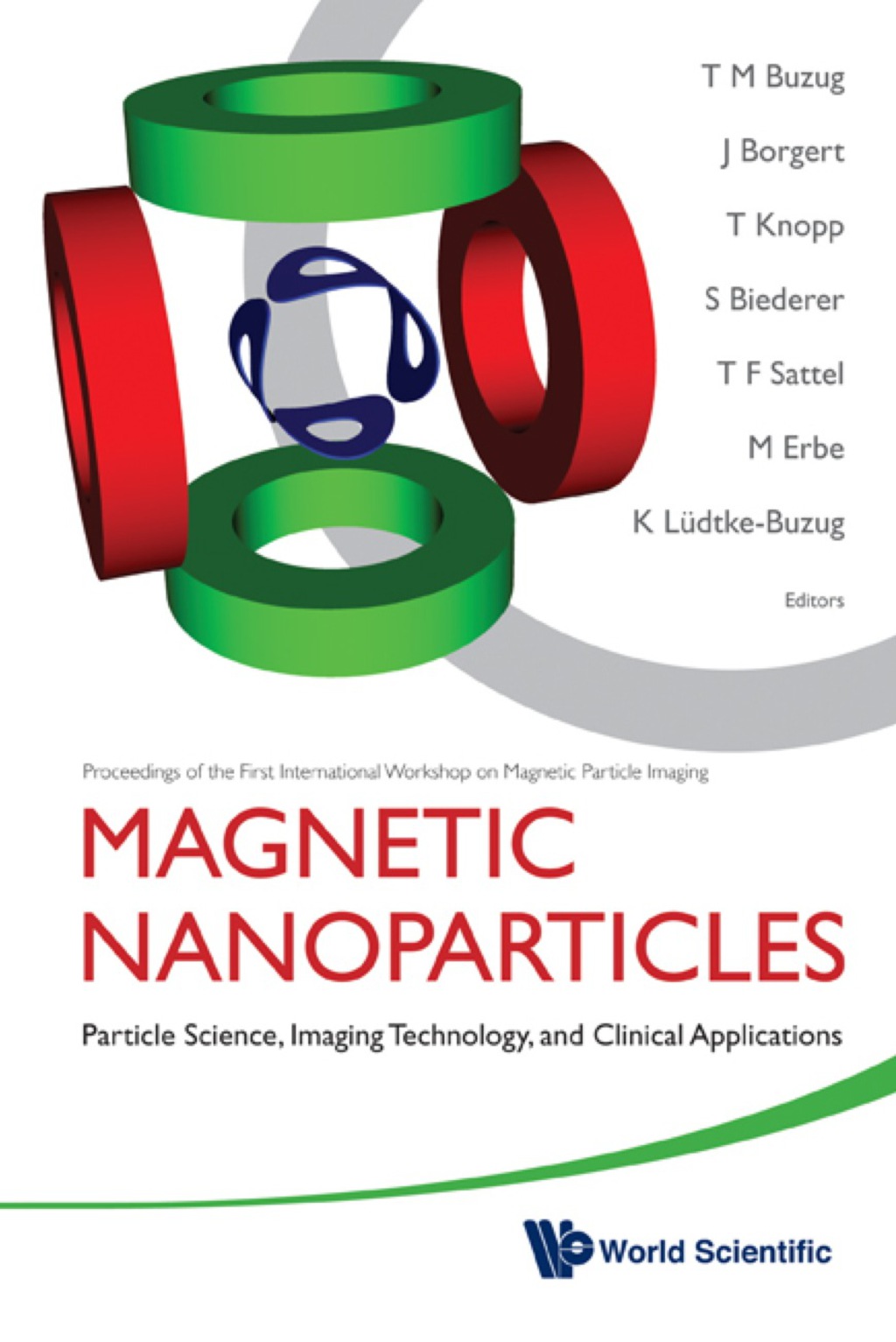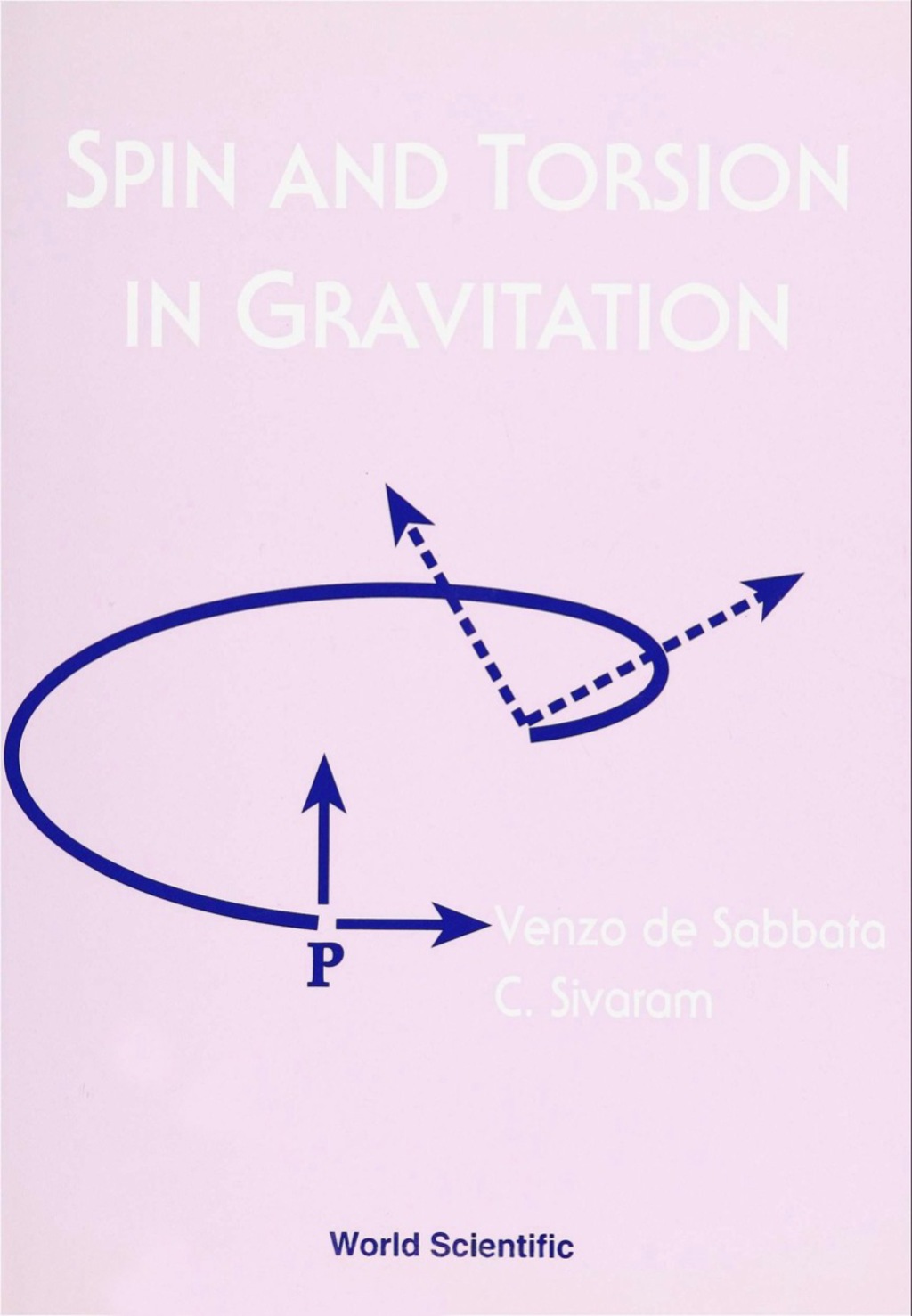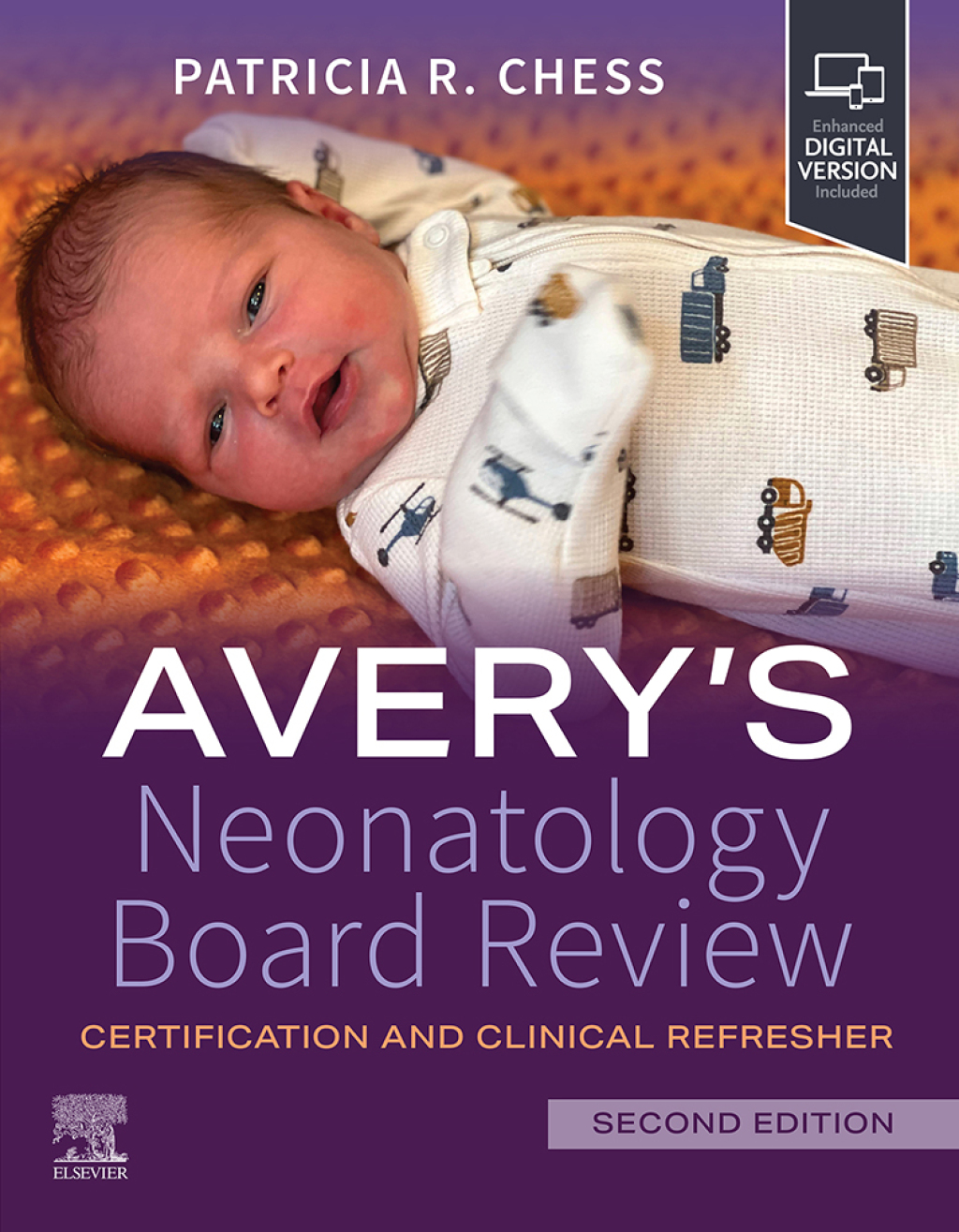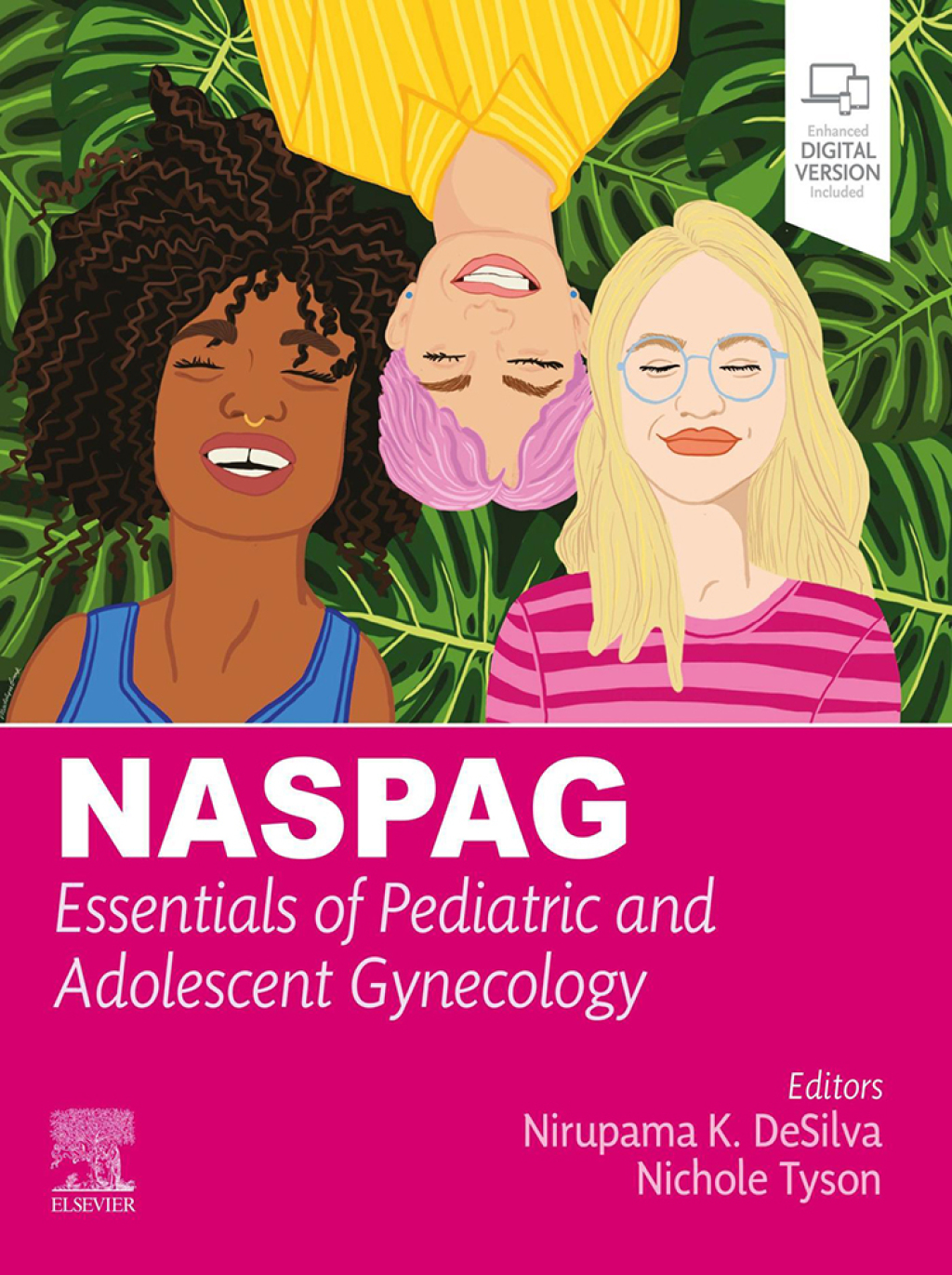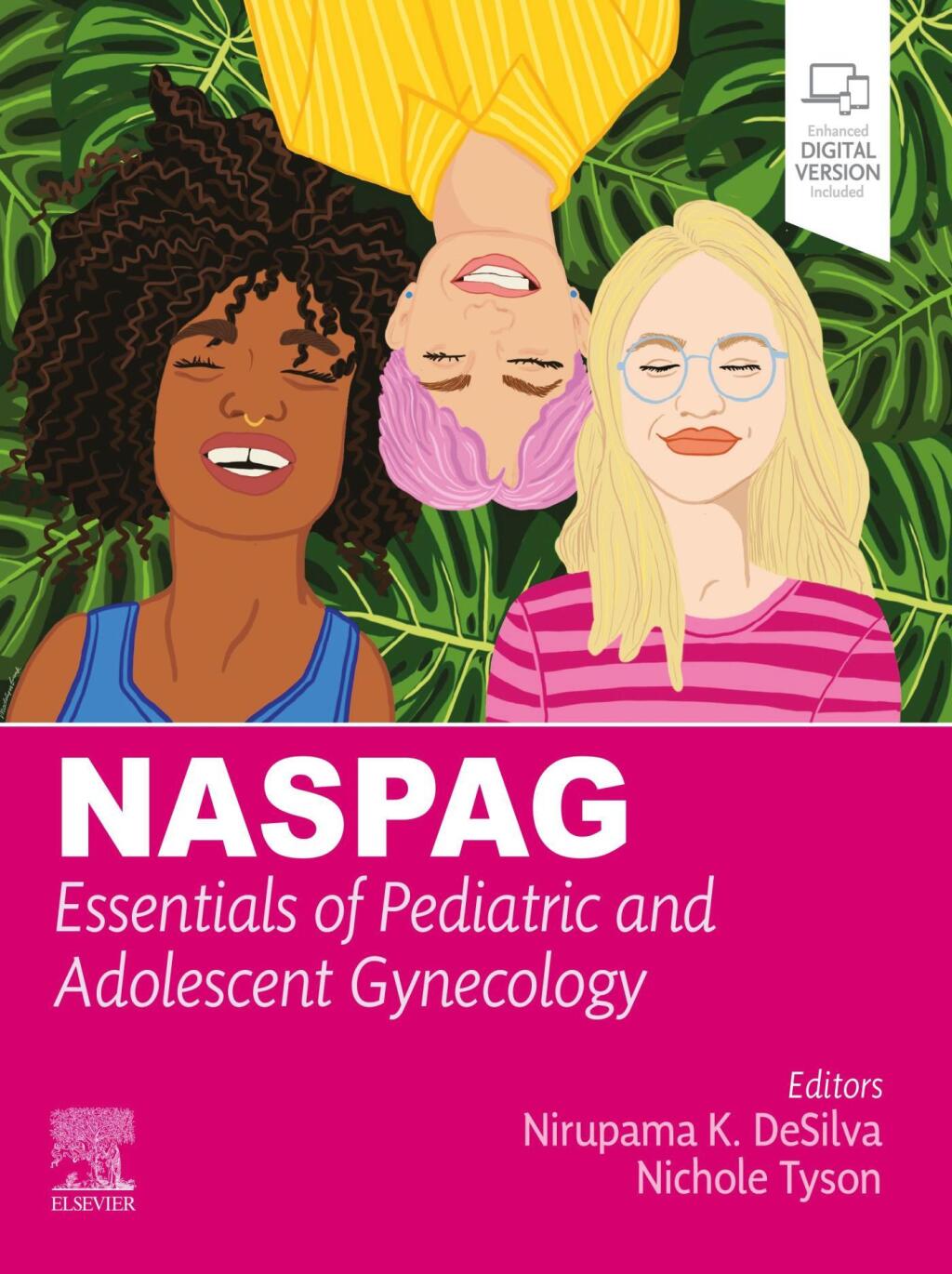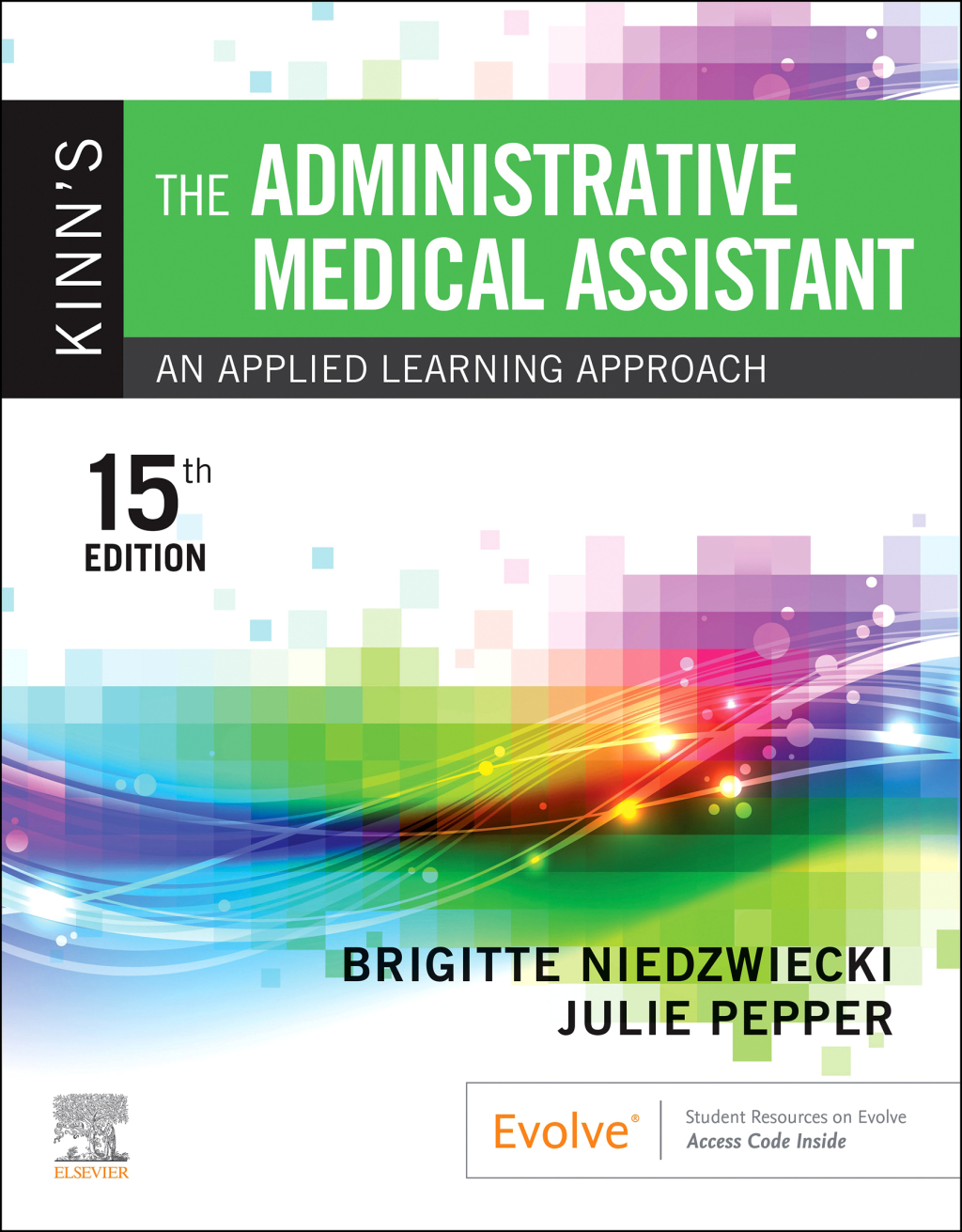Scanning Probe Microscopy (SPM) is the enabling tool for nano(bio)technology, which has opened new vistas in many interdisciplinary research areas. Concomitant with the developments in SPM instrumentation and techniques are new and previously unthought-of opportunities in materials nanofabrication and characterisation. In particular, the developments in addressing and manipulating matter at the level of single atoms or molecules, and studies of biological materials (e.g. live cells, or cell membranes) result in new and exciting discoveries.The rising importance of SPM demands a concise treatment in the form of a book which is accessible to interdisciplinary practitioners. This book highlights recent advances in the field of SPM with sufficient depth and breadth to provide an intellectually stimulating overview of the current state of the art. The book is based on a set of carefully selected original works from renowned contributors on topics that range from atom technology, scanning tunneling spectroscopy of self-assembled nanostructures, SPM probe fabrication, scanning force microscopy applications in biology and materials science down to the single molecule level, novel scanning probe techniques, and nanolithography.The variety of topics underlines the strong interdisciplinary character of SPM related research and the combined expertise of the contributors gives us a unique opportunity to discuss possible future trends in SPM related research. This makes the book not merely a collection of already published material but an enlightening insight into cutting edge research and global SPM research trends.
SCANNING PROBE MICROSCOPY
Author(s): Tomczak Nikodem
Publisher: World Scientific
ISBN: 9789814324762
Edition:
$39,99
Delivery: This can be downloaded Immediately after purchasing.
Version: Only PDF Version.
Compatible Devices: Can be read on any device (Kindle, NOOK, Android/IOS devices, Windows, MAC)
Quality: High Quality. No missing contents. Printable
Recommended Software: Check here

